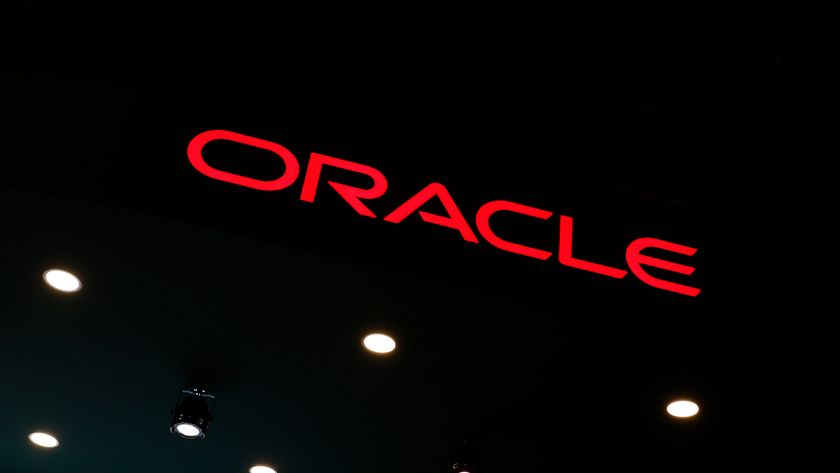The gospel according to the cloud evangelists
There's a type of religious fervour when it comes to cloud - but does the technology really need its evangelists?

Did the church shudder when the technology industry first adopted the term ‘evangelist’ to describe its thought leader cognoscenti? Were Southern Baptist ministers and Billy Graham devotees up in arms over the hijacking of their preferred term of reference for respected proselytising professionals?
Who knows whether the theologians objected; it’s for sure that the IT industry got on with it anyway. Ever since we’ve had platforms, paradigms and principles with which to encapsulate subsets of the IT ecosystem, we have had evangelists to proselytise us in one direction or another.
The technology evangelist’s goal is not to gain worship per se (although they usually don’t seem to object if it comes), it is more widely directed at gaining critical mass through widespread acceptance of a technology methodology or practice.
With critical mass comes de facto standards - and de facto standards can be powerful market shifters whether they relate to the best product available or not ie just look at what happened to Betamax and VHS.
So as we come to the cloud, there are evangelists aplenty. Compiling an exhaustive list would be pointless, but examples include Red Hat’s Richard Morrell, IBM’s Doug Clark, SAP’s Sven Denecken and Amazon’s Matt Wood for starters - and yes, we know we could have mentioned 25 others.
To be clear, Amazon’s Wood has recently dropped his evangelist tag to become senior manager for high performance and data intensive computing - the unbeliever! That said, he is still extolling the virtues of cloud and can most recently be heard describing the opportunity that exists for hosted virtualisation to provide what he calls “utility supercomputing”.
Supercomputers on demand
Cloud Pro Newsletter
Stay up to date with the latest news and analysis from the world of cloud computing with our twice-weekly newsletter
Wood suggests that by combining cloud technologies with HPC (high performance computing) and big data analysis, we can build supercomputers on demand.
Unilever is using this type of technology for R&D, banks are using this technology for credit risk analysis (Bankinter – the 6th largest bank in Spain – took its credit risk analysis from 23 hours to 20 minutes using this technology) and NASA is using utility supercomputing to run the Curiosity Rover on Mars.
So what do our cloud evangelists do when they’re not holding sermon at annual conferences and exhibitions? Well like every good vicar and lay preacher in the land they spend a lot of time talking to their flock (sorry, Tweeting to their followers on Twitter) about good things they have experienced, inspirational content they have read and drawing parallels with real world experiences where they can.
Get thee behind me
Just as Dr Billy Graham has always been keen to hasten his audience to fear the evil that lies beneath, most of our evangelists will not be afraid of pointing out where their competitors are going wrong and leading the innocent astray. Did you want to know about VMware’s ESX technology source code being hacked recently? Hit its competitor’s evangelists blogs and Tweets, they’ll explain it, rub it in and mention it until you can repeat it like the lord’s prayer.
Of course a good evangelist (is there any other kind?) will write his or her own blog and Red Hat’s Morrell and SAP’s Denecken are both good examples here. While Morrell is more personal and interactive, Denecken uses a little more formal prose and heavier documentation. But then hey, one works for Linux and one works for the SAP mothership, so it’s only natural.
Bums on seats
At the end of the day, all this evangelism work just comes down to bums on seats doesn’t it? It’s bums on pews in the church, bums at user symposia, bums at roadshows and bums at annual conference keynotes. It is a happy coincidence then that most of these companies sell their user licences as a measure of “seats” isn’t it?
We could get puritanical on you all here and say that there is only one cloud and that there is no other cloud but cloud. But the truth is that cloud computing isn’t quite like religion, there is still too much to construct and develop.
There is one overriding similarity I suppose… we’re still all trying to work out what it all means.
















